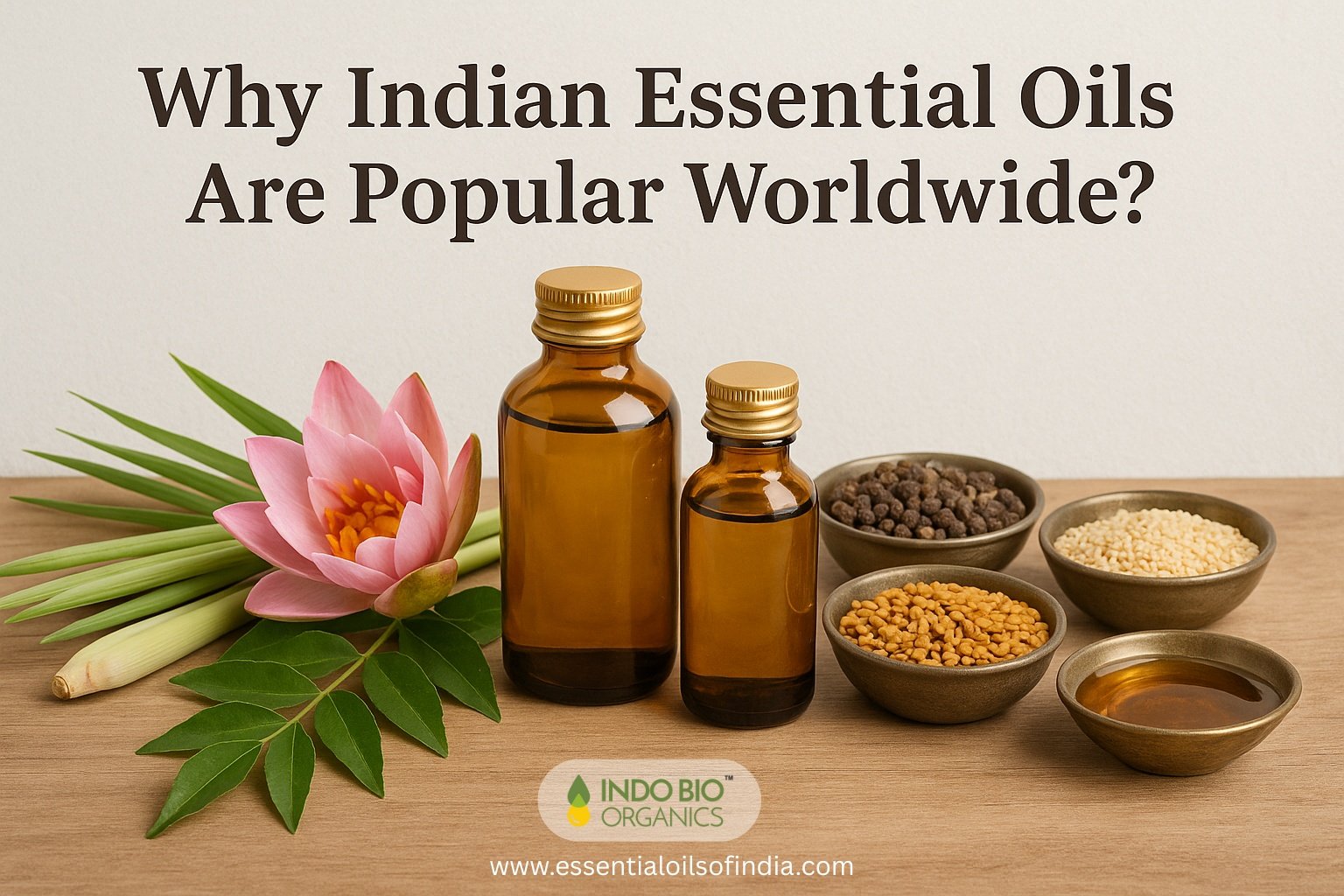
Essential oils have become a cornerstone of modern wellness, skincare, and aromatherapy. From luxury spas in Paris to yoga studios in New York, essential oils are used to heal, relax, and rejuvenate. But when people search for the purest, most authentic oils, one country consistently comes up: India.
For centuries, India has been celebrated as the land of spices, herbs, and Ayurveda. Today, this ancient knowledge, combined with modern extraction techniques, makes Indian essential oils some of the most sought-after products worldwide.
This article explores why Indian essential oils enjoy such a strong global reputation — from cultural roots and biodiversity to sustainability, quality, and export trends.The Fragrance of India Beyond Borders
Step into any wellness store in Europe, browse through skincare labels in America, or explore aromatherapy centers in Asia — you’ll find one name consistently mentioned on essential oil bottles: India.
India’s essential oils are not just products; they are stories in a bottle — stories of Ayurveda, centuries-old distillation traditions, cultural rituals, and biodiversity. But what makes them stand out in a crowded global market where countries like France, Morocco, and Australia also export high-quality oils?
The answer lies in a combination of heritage, science, trade, and trust. Let’s dive deep into the fascinating reasons why Indian essential oils have earned worldwide admiration.
One of the biggest reasons Indian essential oils are valued worldwide is their deep connection with Ayurveda — India’s traditional system of medicine. Ayurveda dates back over 5,000 years and emphasizes holistic healing through herbs, oils, and natural remedies.
When people abroad buy Indian essential oils, they are not just buying a product — they are embracing a living tradition of wellness and spirituality.
India’s diverse geography — from the Himalayas to tropical coastlines — provides ideal conditions for growing aromatic plants. This gives the country a natural advantage in producing a wide range of essential oils.
Few countries in the world can match this diversity. For global buyers, India is a one-stop destination for natural oils.
Indian producers often use traditional distillation techniques (like steam distillation and cold-pressing) to ensure the oils remain pure and therapeutic.
This ensures that the oils retain their natural aroma, therapeutic compounds, and potency.
Many exporters now also comply with global certification standards such as:
This boosts global trust in Indian essential oils.
Here are some of the most loved essential oils from India:
These oils cater to multiple industries worldwide: cosmetics, wellness, food & beverage, pharmaceuticals, and perfumery.
The global essential oils market is projected to grow at 8–10% annually, and India plays a major role in this expansion. Reasons for rising demand:
Here are simple recipes that are popular globally and can be recreated at home:
While Indian essential oils are popular, there are challenges:
However, opportunities are vast:
As the world leans toward holistic wellness, clean beauty, and sustainable living, India’s essential oils will only grow in importance. Combining traditional wisdom with modern certification and global branding, Indian suppliers are poised to lead the next wave of natural wellness exports.
For international buyers, Indian essential oils represent purity, tradition, and trust. For local businesses, they are a gateway to the global wellness market.
Essential oils may be trending in modern lifestyle industries, but their use in India goes back thousands of years.
In contrast, European essential oil traditions started only around the 10th century. This deep continuity makes Indian oils unique — they are not just products but part of a living cultural memory.
India’s geography allows it to grow hundreds of aromatic and medicinal plants. This biodiversity explains why the country supplies so many oils across categories.
Unlike other nations that specialize in just a few oils, India offers a basket of essential oils. Global buyers prefer sourcing from India because they can fulfill multiple product needs from a single exporter.
India’s essential oils were part of international trade long before globalization.
Today, India is one of the largest exporters of mint oil and derivatives, accounting for more than 70% of the world’s menthol supply. This long trade history built trust and demand in international markets.
One reason global industries rely on Indian essential oils is the growing scientific validation of their therapeutic properties.
India has research institutions like CSIR-CIMAP (Central Institute of Medicinal and Aromatic Plants) and FRLHT (Foundation for Revitalization of Local Health Traditions) that strengthen credibility. Global buyers trust oils when backed by lab-tested results and certifications.
Indian essential oils don’t just stay in wellness shops. They fuel entire global industries:
This cross-industry usage is why global demand for Indian oils remains strong, even during market fluctuations.
Here are some oils that define India’s presence in the global market:
Each of these oils tells a story of culture + commerce.
To compete internationally, Indian suppliers have adapted to strict global standards.
This has made Indian essential oils more trustworthy and export-ready. Buyers in Europe and North America especially look for certified oils before importing.
Let’s break down the unique advantages India offers compared to other countries:
This holistic package gives India a global edge.
Different Indian states dominate in different oils:
This regional specialization ensures consistent quality and variety for exports.
Essential oils are not just commodities. Their spiritual aura attracts global consumers.
For wellness-focused buyers abroad, Indian oils feel authentic and sacred, unlike generic synthetic oils.
According to recent trade data:
With the rise of natural beauty, vegan products, and organic farming, demand for Indian oils is only going to rise.
It’s not all smooth sailing. The Indian essential oil sector faces challenges:
However, innovation + certification + branding are helping overcome these hurdles.
The future looks bright. Trends shaping the next decade:
India is positioned not just as a supplier but as a global leader in natural wellness exports.
If You Want to buy Essential Oil in Canada Click Here Indobio Organics
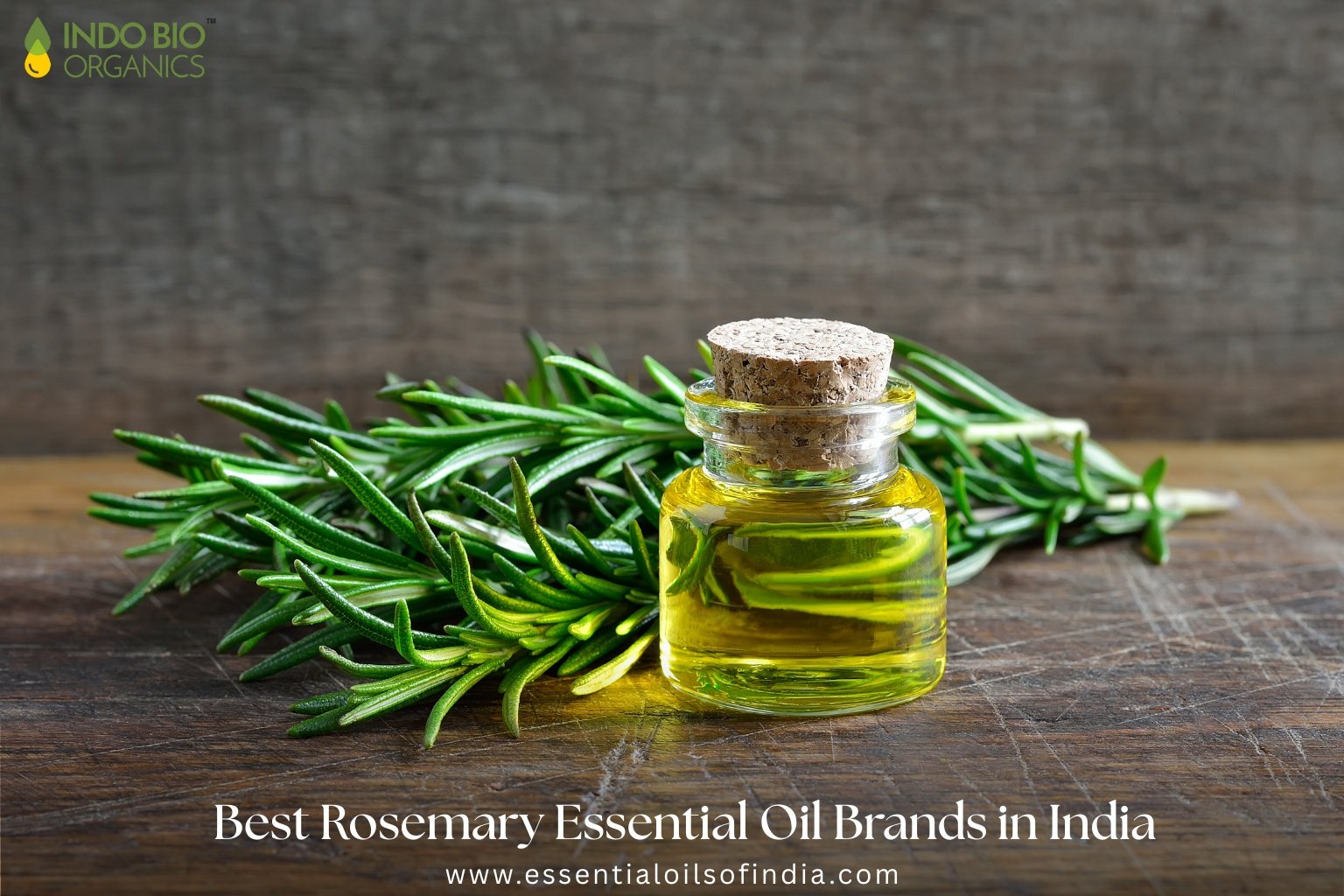
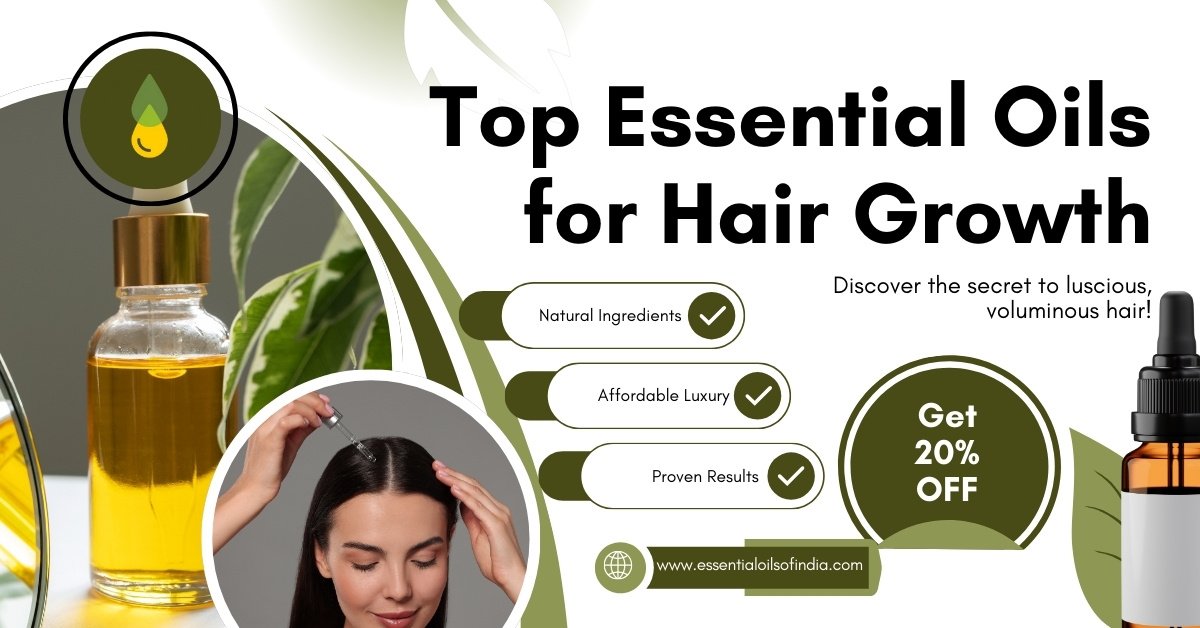
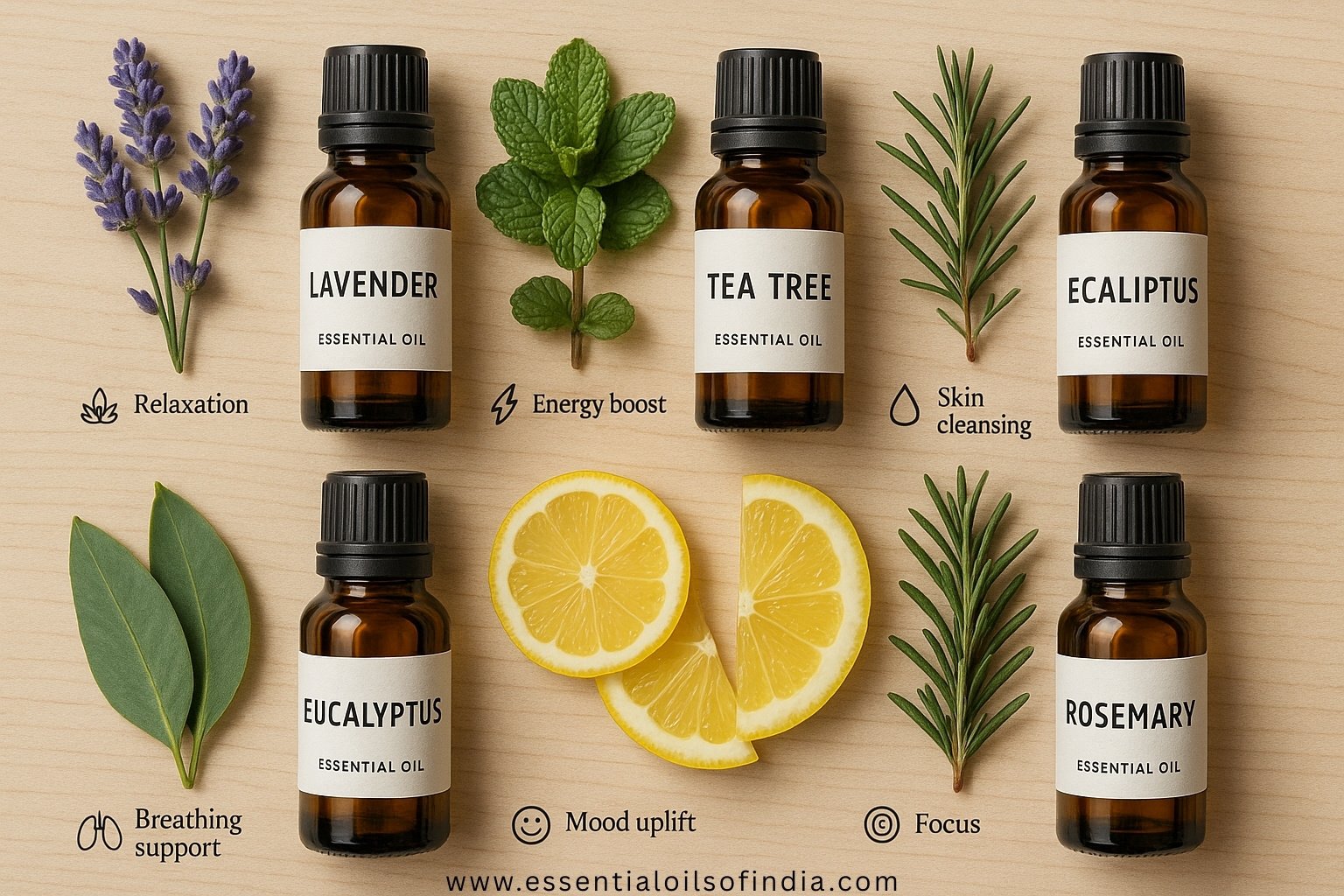
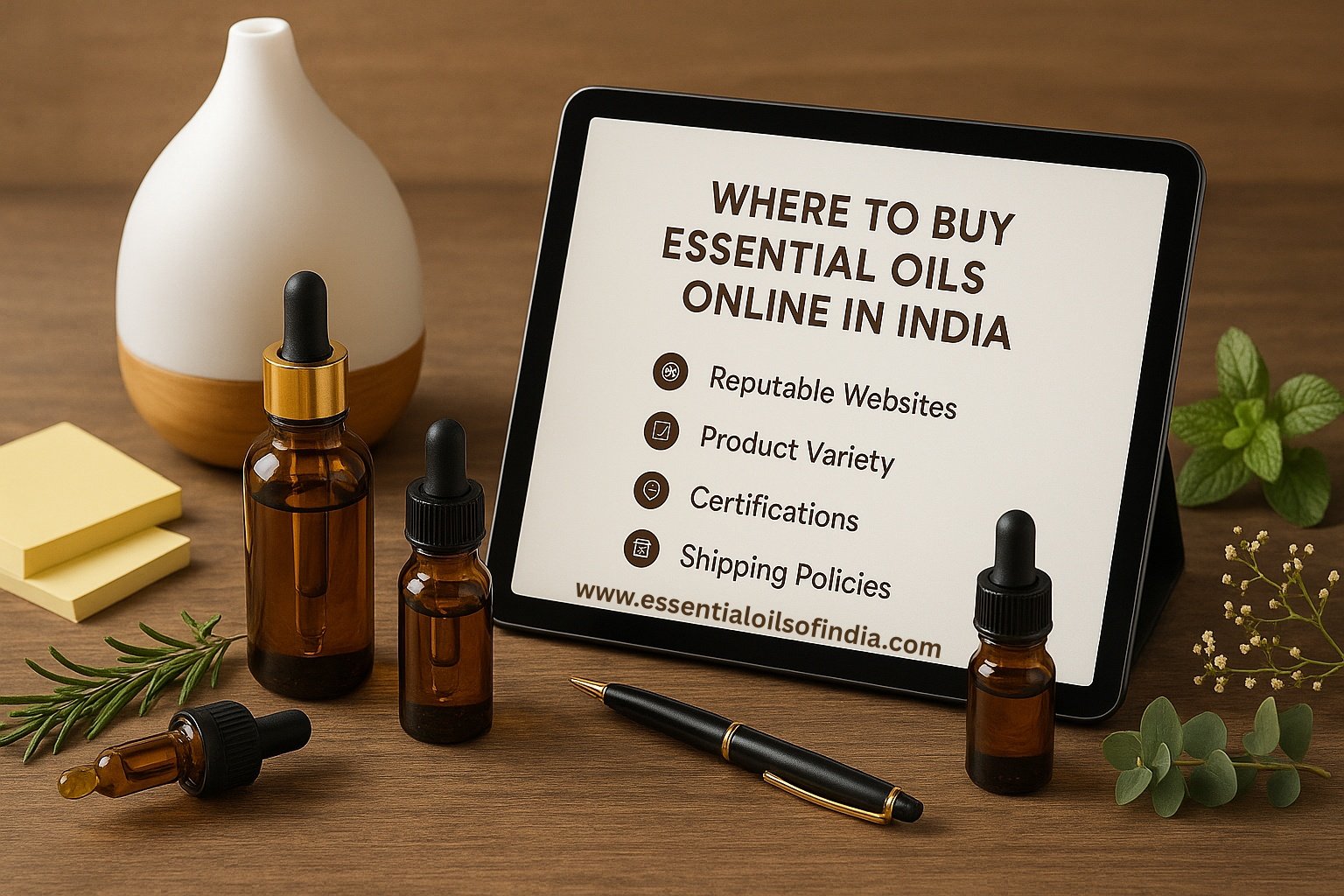
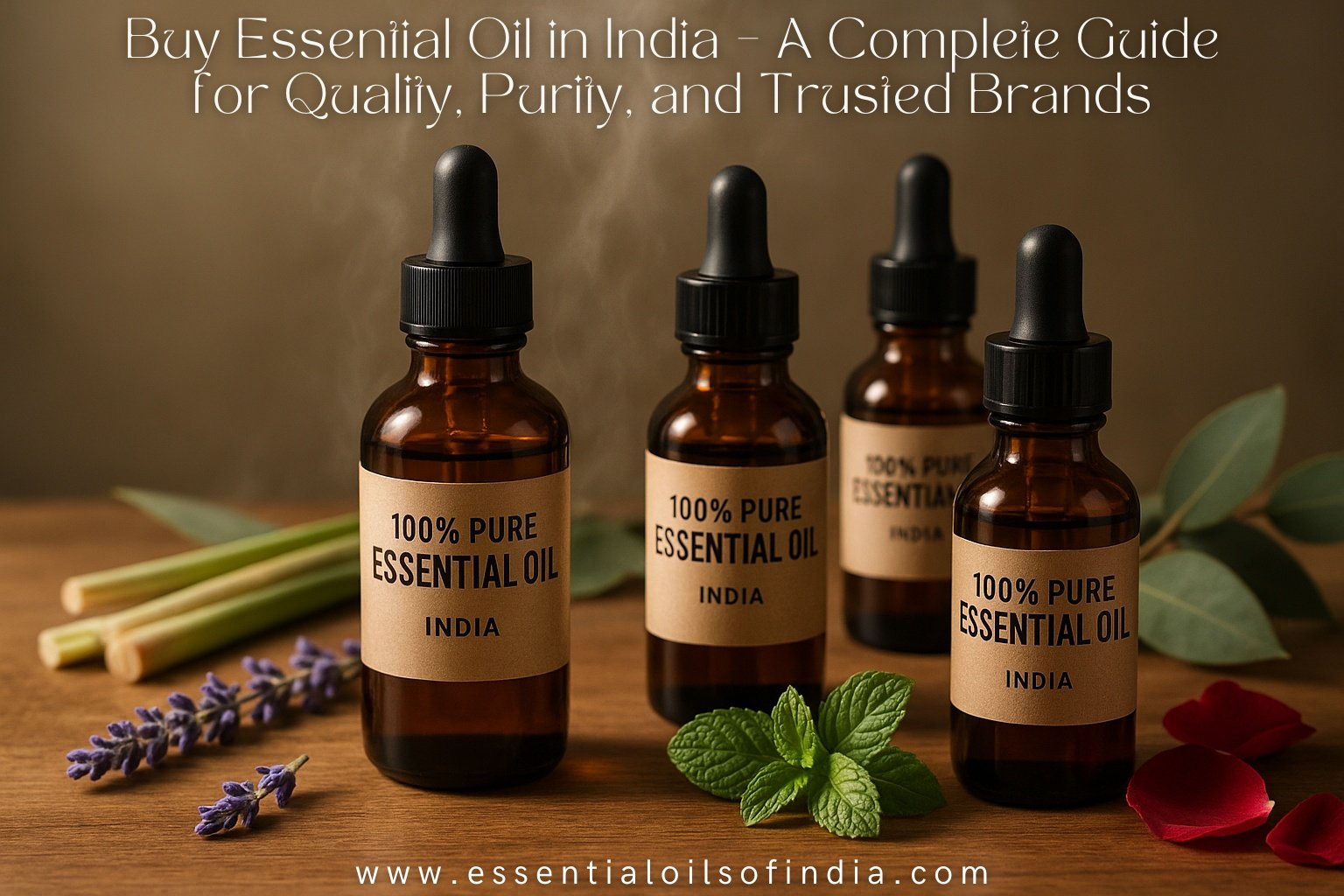
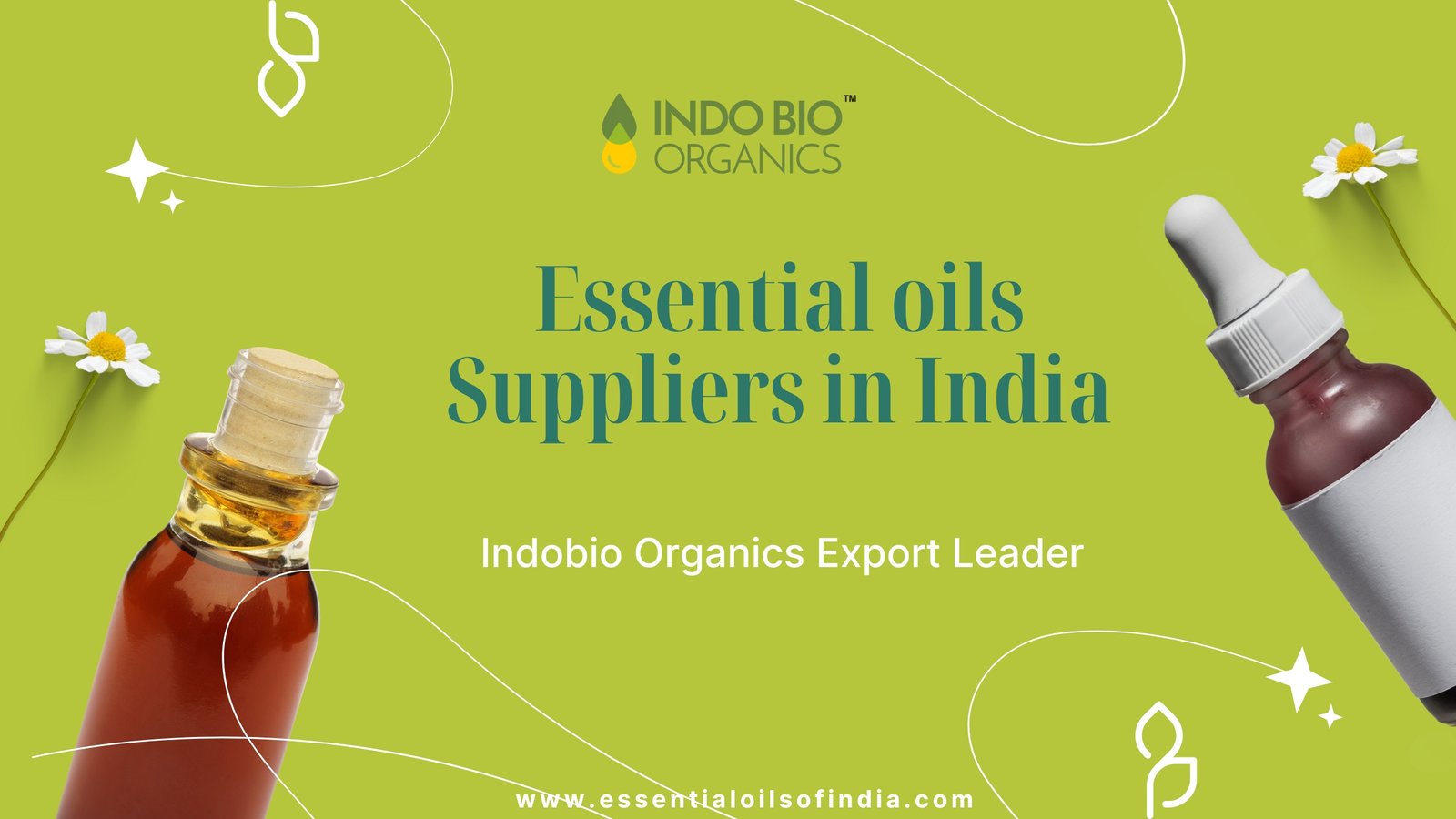
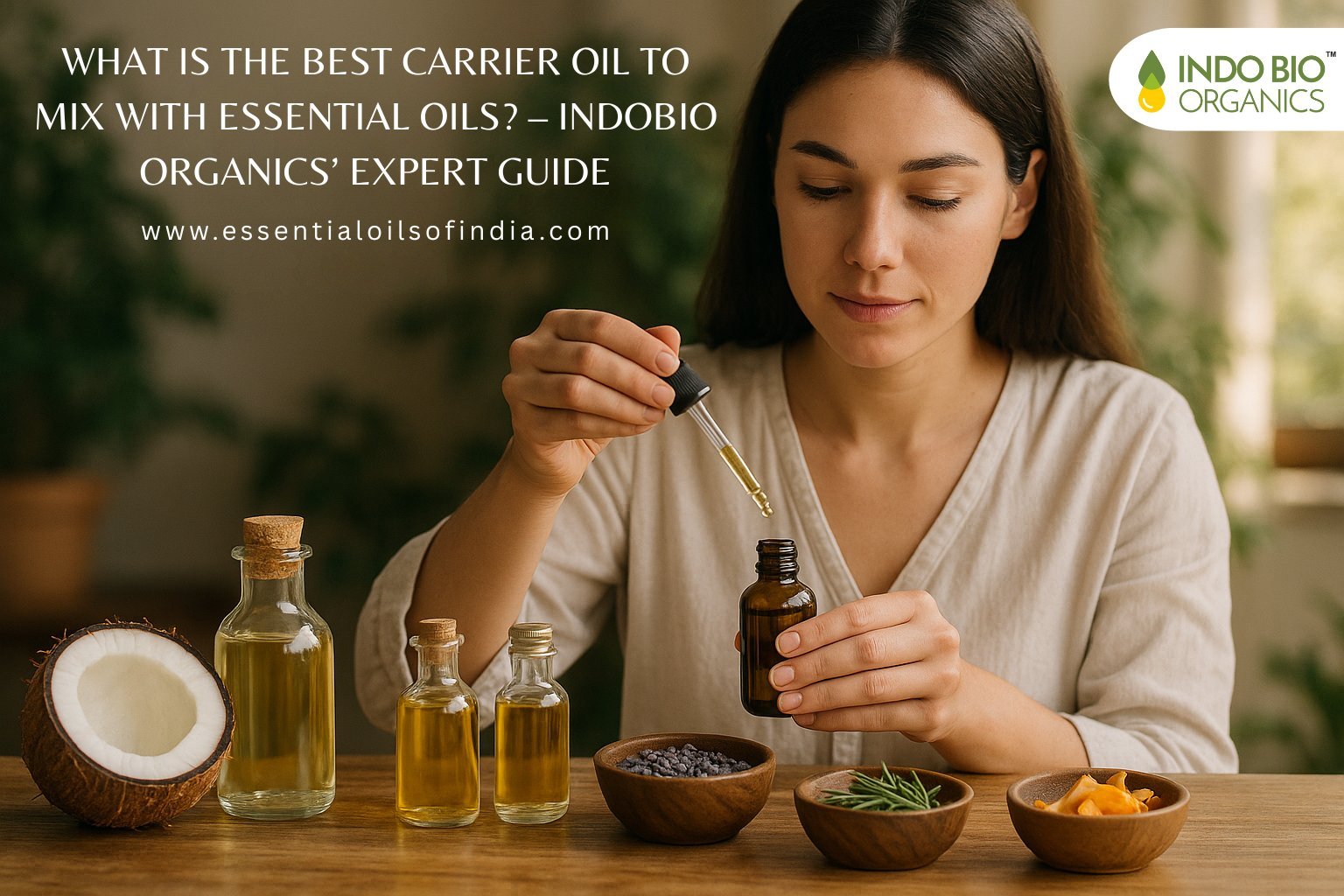
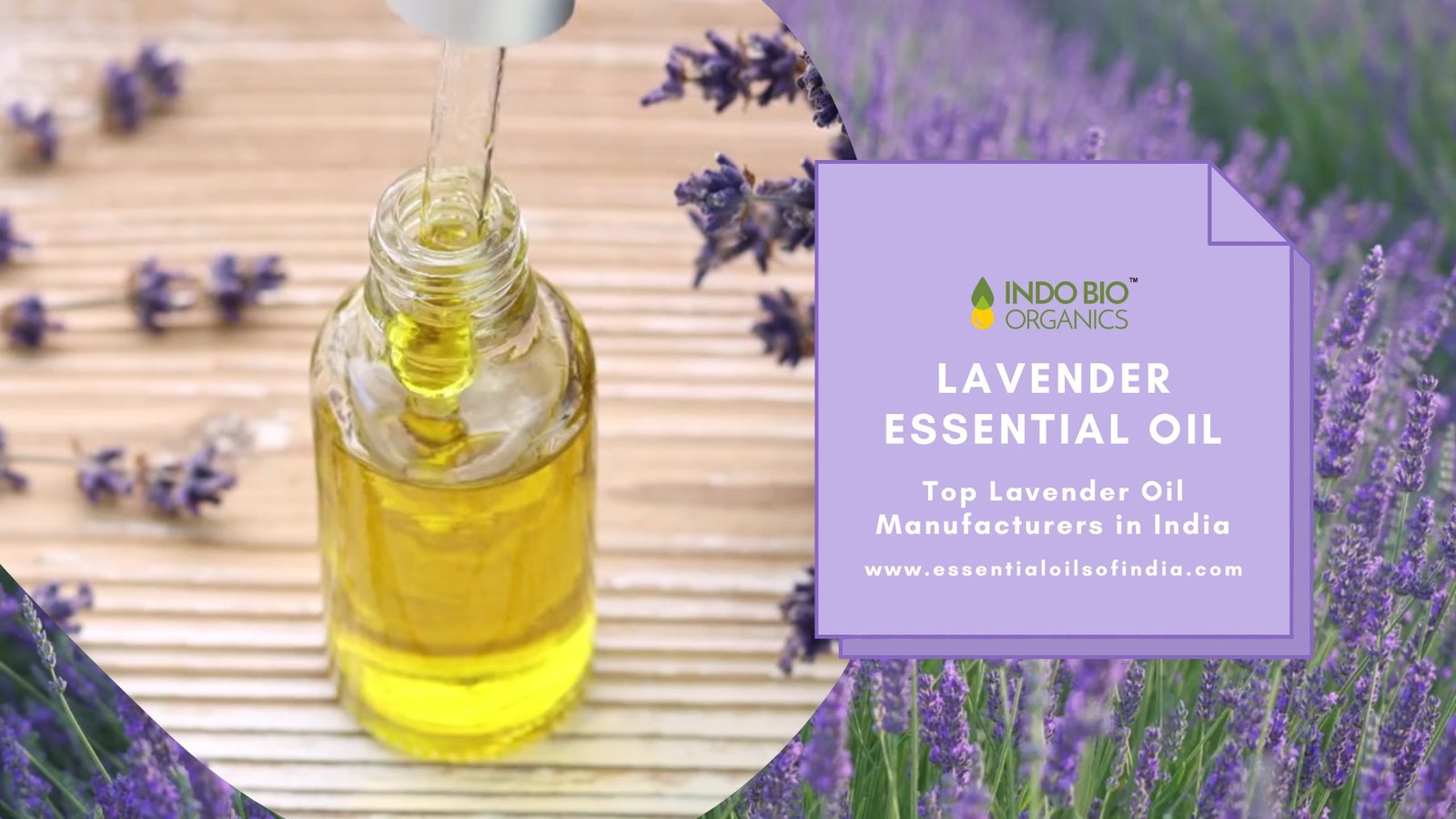
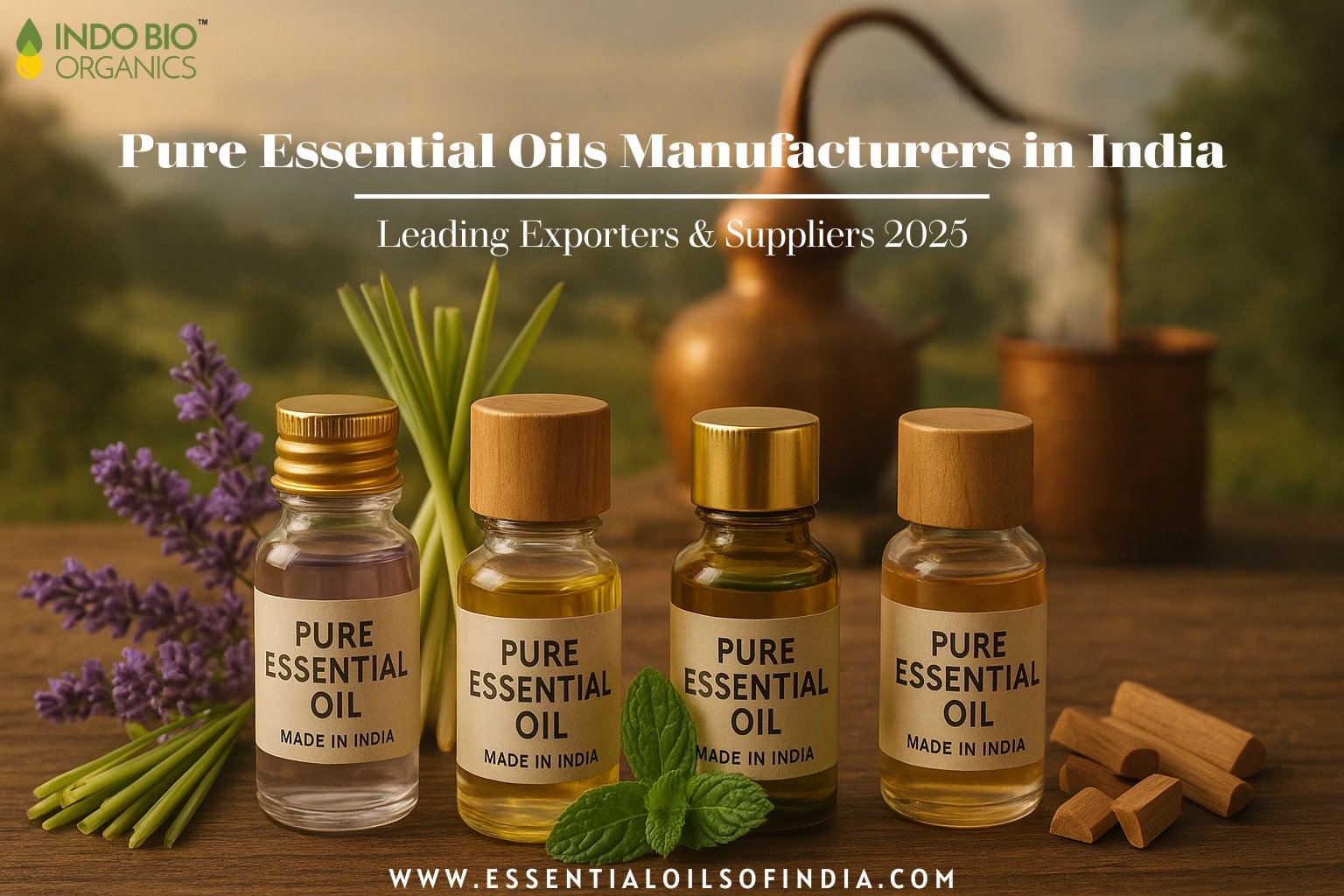
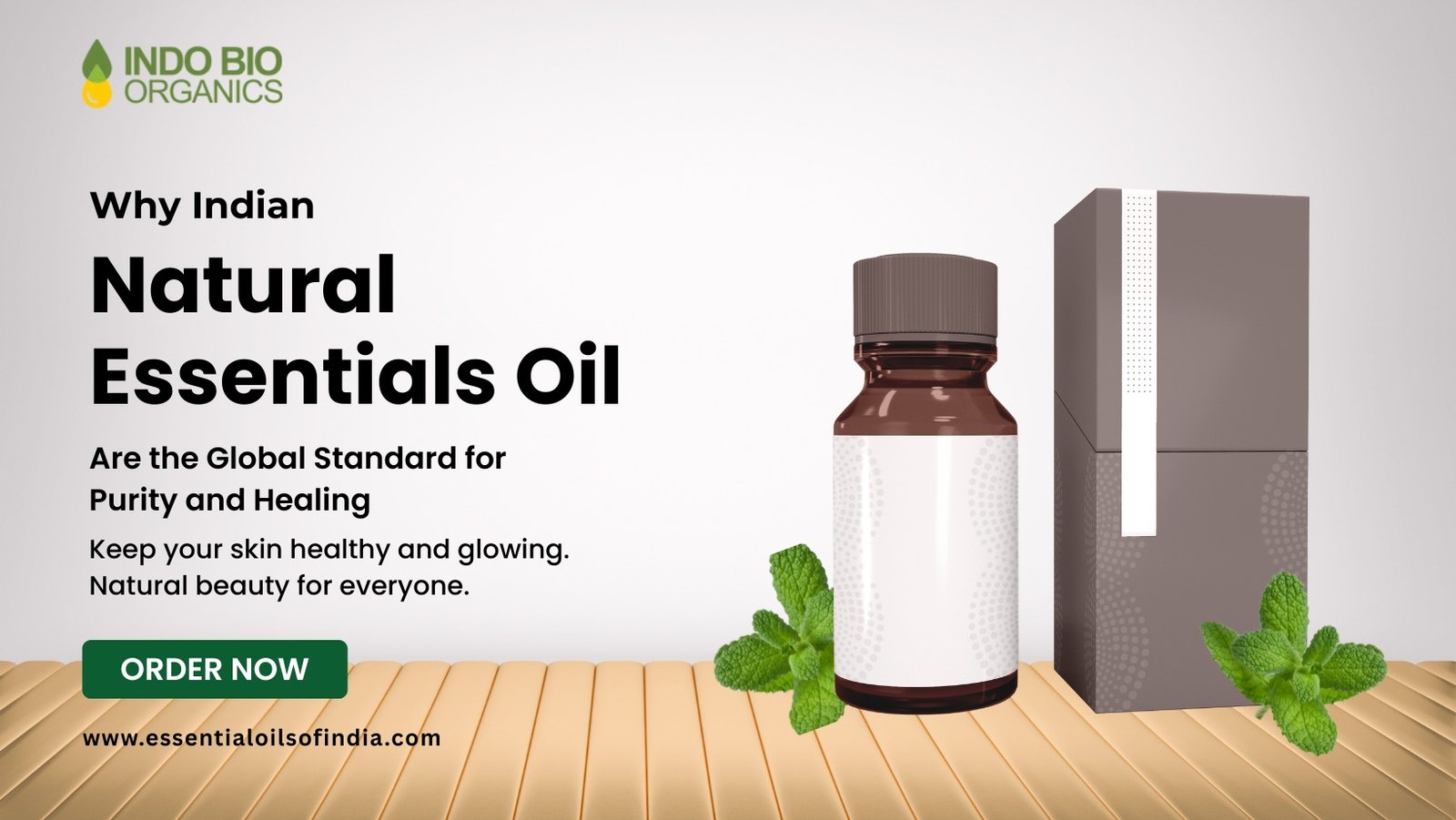









I recently purchased the Rosehip Oil and I am thoroughly impressed with the quality! The oil is 100% pure, cold-pressed, and has a light, non-greasy texture that absorbs beautifully into the skin.
As a bulk buyer, I’ve been sourcing Rosemary Oil from www.essentialoilsofindia.com for several months now. The quality is consistently excellent—pure, potent, and exactly as per our specifications. Packaging is secure, deliveries are on time, and their customer support is responsive and professional. A trustworthy partner for essential oils.
We’ve been purchasing essential oils regularly from www.essentialoilsofindia.com and are extremely satisfied with their quality, consistency, and service. The oils are always pure and well-packaged, and shipments arrive on time. A dependable supplier for our business needs.